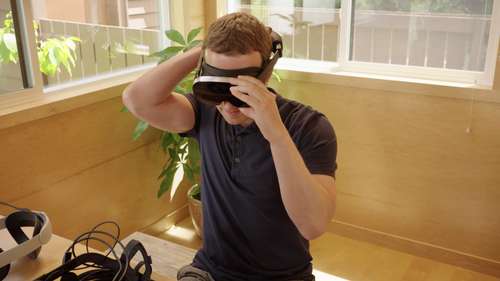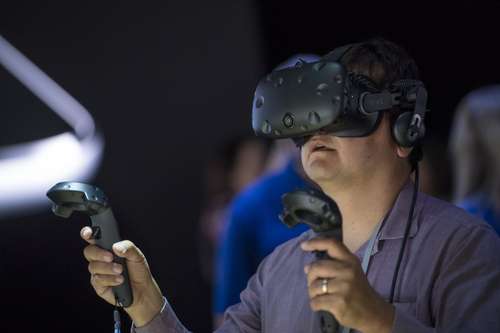The upcoming year could finally see the industry's promise to make head-worn gadgets the next significant development in personal computing come true with the introduction of mixed reality headsets from Apple and Facebook parent company Meta.
One significant potential problem exists, though: sticker shock.
According to IDC, the $400 Meta Quest 2 virtual reality headset, which is currently the best-selling model, will control 78% of the growing VR industry by 2021. Consumers will need to spend far more if they want the latest technologies.
According to information released by Meta earlier this year, the upcoming high-end headset, code-named Cambria, is anticipated to cost at least $800. According to reports, Apple's upcoming product could cost thousands of dollars.

That's a heavy burden for goods in a market that is still developing. According to IDC, just 11.2 million VR systems were shipped in 2017. Every several weeks, Apple sells that many iPhones.
Meta and Apple will need to persuade customers that more sophisticated systems are worthwhile investments if they want to grow the market. According to reports, both businesses are placing their bets on passthrough mixed reality, a new technology that calls for bigger displays and more computing power.
The potential for applications and real-world use would be increased if passthrough mixed reality performed as promised. This would allow a VR headset to also serve as a pair of augmented reality glasses.
The VR experience is constrained by what can be seen on the headset's display with current technology.
In passthrough AR, a VR headset's powerful exterior cameras capture images of the outside environment and deliver them to one or more screens that are placed in front of the user's eyes.
This enables developers to experiment with mixed reality by adding software or visuals to videos of the nearby real world.

Mixed reality proponents predict that in the future, the technology will be able to fit into a lightweight pair of spectacles with clear lenses. But that's something for later.
The optical transparent displays are far from being ready for prime time, making the passthrough technique the favored short-term choice.
Currently, the market is quite small due to the high cost of passthrough mixed reality and the need for a powerful headset.
Passthrough devices require depth sensors that can record in-depth video and measure the user's surroundings in addition to sophisticated cameras.
Additionally, they must track the user's eyes to avoid wasting energy on useless visuals. Require robust processing tools and software to cut down on latency so that the user's experience within the headset isn't slowed down or distorted.
